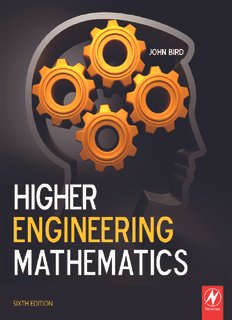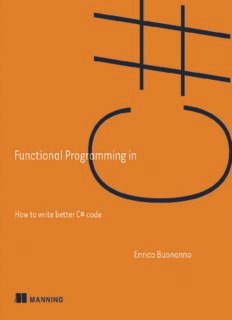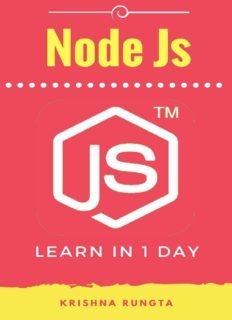Description
“Ҳигҳер Энгинееринг Матҳематиcс” номли китоб муҳандислик соҳасидаги юқори математика мавзуларини ўз ичига олади. Ушбу китоб математиканинг турли соҳаларида муҳандисликнинг зарур бўлган назарий ва амалий қисмларини таълим этади. Юқори математикага оид муҳим мавзулар, шулар жумласидан, умумий ва ихтисослаштирилган интеграл, дифференциал, чегаралар, векторлар, матрицалар, комплекс сонлар, ва бошқа муҳим муҳандислик амалларини қамраб олади.








Reviews
There are no reviews yet.